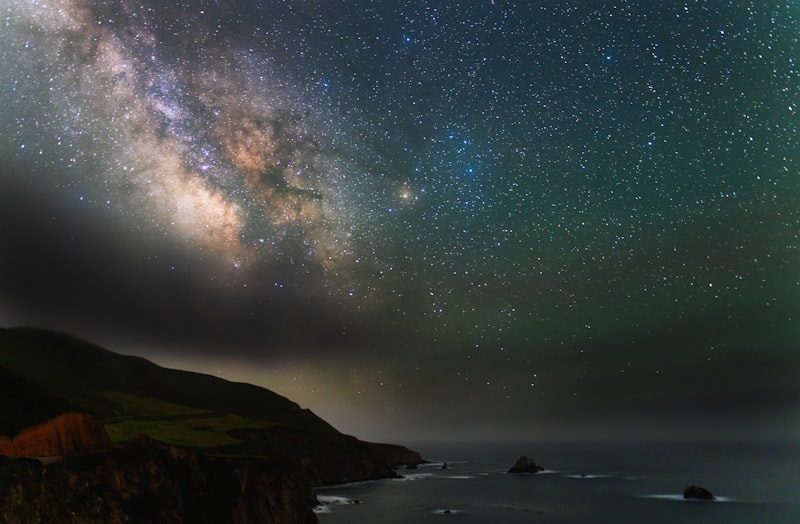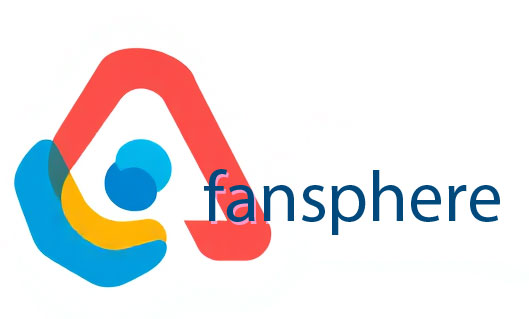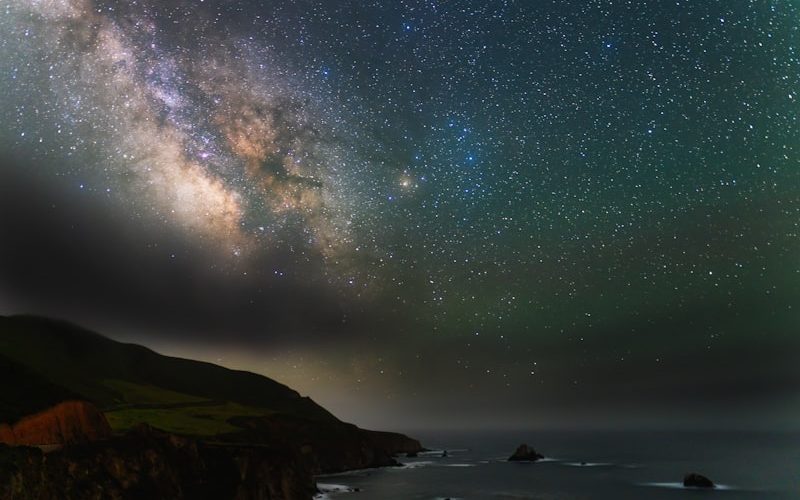First off, the vastness of space can be daunting, almost like trying to cross an ocean without a map. The nearest star, Proxima Centauri, is over 4 light-years away. That’s a whopping 24 trillion miles! Currently, our fastest spacecraft would take around 70,000 years to get there. Yikes! But here’s where it gets exciting. Scientists are exploring concepts like warp drives and wormholes—things that sound straight out of a movie. Picture this: a warp drive could theoretically bend space, allowing you to jump from one point to another, making that 70,000-year trek shrink to just days or weeks. How cool is that?
Another fascinating possibility lies in the power of solar sails. Imagine a gigantic sailboat, but in space, catching the sunlight to propel itself through the stars. It’s like riding a cosmic wave! This could potentially let us reach neighboring systems within a human lifetime.
And don’t forget about generation ships—massive spacecraft designed to house people for generations. Think of it as a celestial road trip where the journey is just as important as the destination.
So, while interstellar travel might seem like a pipe dream today, we’re already laying the groundwork. Advances in technology and space exploration are igniting our imaginations. Who knows? The stars may be closer than we think!
The Challenges of Traveling Beyond Our Solar System
First off, let’s talk about distance. Our nearest stellar neighbor, Proxima Centauri, is over four light-years away. That’s like saying you want to go to a party in a different country, but the only way to get there is to walk. So, what’s the plan? Current spacecraft, like the Voyager probes, move at a snail’s pace in cosmic terms. Even if we sent a probe there today, it would take thousands of years to arrive.
Then there’s the issue of fuel. Imagine trying to road trip all the way across a continent with just one tank of gas—exhausting, right? Space travel could require an entirely different approach to fuel, possibly involving advanced propulsion technologies we’re yet to invent. And don’t even get me started on life support. Keeping humans alive in the harsh vacuum of space for an extended period is a massive hurdle. Once we leave, we’ll be far from the comforts of home, facing isolation and psychological stress that could make a seasoned traveler consider turning back.

Finally, cosmic radiation is like that pesky mosquito buzzing around your ear on a summer night; it’s always there, and it can seriously mess with your health. Long-term exposure could lead to cancer or other severe damage, putting our brave explorers at risk. So, while traveling beyond our solar system might seem like a romantic dream, the reality is more like climbing a mountain without oxygen. The obstacles are formidable, reminding us that the first leap into the great unknown is still firmly anchored in the realm of science fiction.
Current Theories and Concepts
Take, for instance, the ever-evolving theories in psychology. Back in the day, folks were all about Freud’s ideas on the unconscious mind. Fast forward to today, and now we’re swirling in the rich fields of cognitive behavioral theory and the role of neuroplasticity in mental health. Isn’t it fascinating how our brains can literally reshape themselves based on experiences and learning?
Then there’s the science of climate change—talk about a hot topic! Current theories are not just focusing on what’s happening but also how we can adapt and mitigate consequences. Concepts like sustainability and circular economies are paving the way for greener living. Picture it like weaving a beautiful tapestry; each thread—be it policy, technology, or community action—plays a crucial role in creating a sustainable future.
Furthermore, in the tech realm, think about artificial intelligence. The theories surrounding machine learning and its potential to revolutionize industries are buzzing louder than a bee in spring. It’s like watching a toddler take their first steps; it’s clumsy yet full of potential. What does this mean for our jobs and society? It’s a question that’s sparking debates all over.
In art and culture, the concept of digital expression is reshaping how we perceive creativity. Today, you can be a painter with pixels or a musician in a virtual arena. How wild is that? Current theories encourage us to break down barriers and redefine what art truly is.
Just imagine how all these theories and concepts interconnect, creating a vast web of ideas that challenge our perspectives and inspire innovation. Isn’t it thrilling to be part of such transformative times?

























Ajouter un commentaire